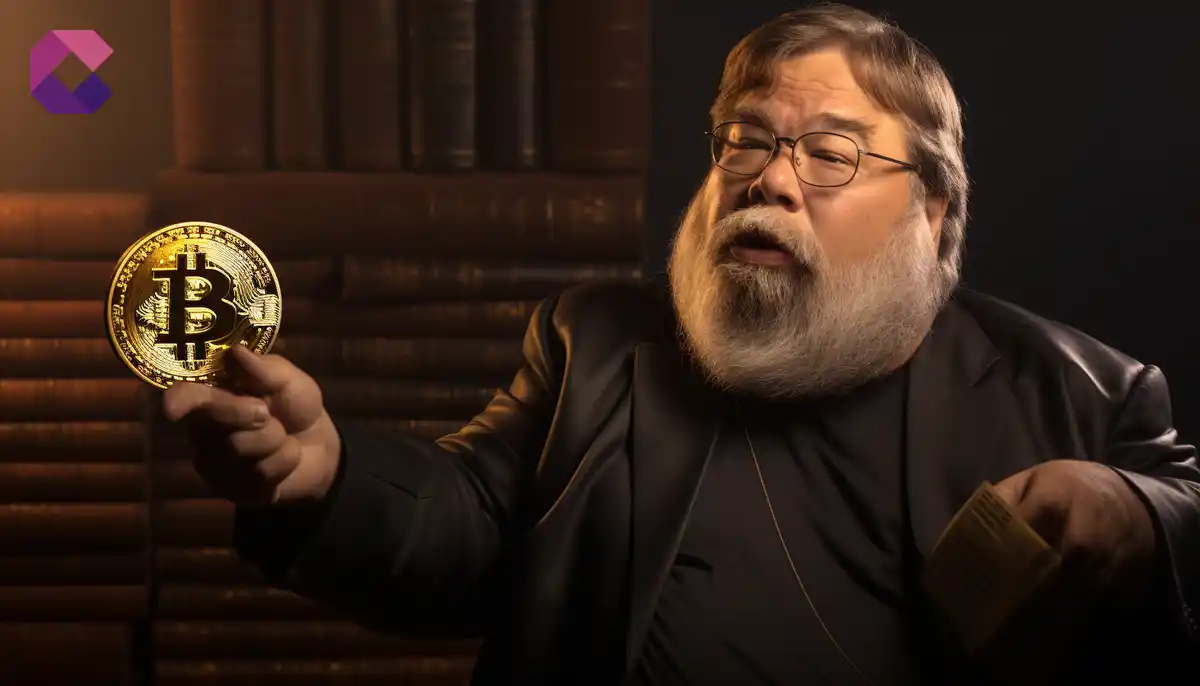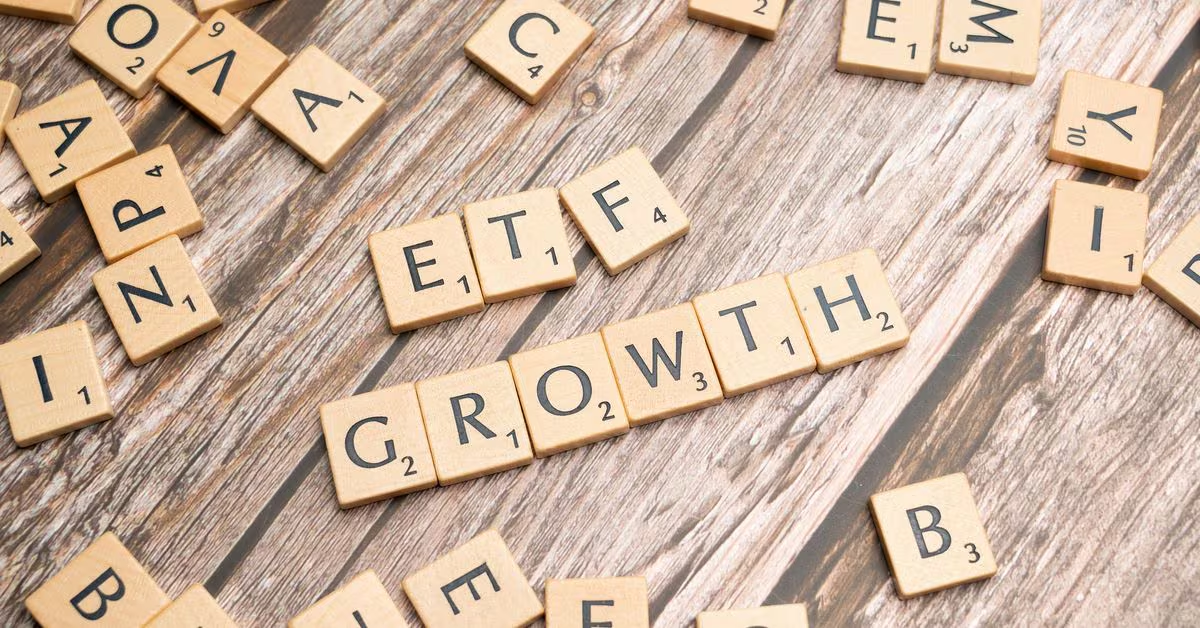How to Collect Art: A Systemic Approach to Turning a Profit
In his most recent publication, the Yale economist helps potential buyers navigate the art market by utilizing data and fostering connections to avoid overpaying. This approach also proves particularly useful for NFTs.Art Market Economist Magnus Resch Gives Advice on Making Money through Art
Magnus Resch, the world’s leading art market economist, has just released his new book, “How to Collect Art,” which offers valuable insights on art collecting and turning a profit in the art market. While the mantra of “buy what you like” is commonly heard, Resch takes a more systematic approach to help art collectors make informed decisions. In this article, we will explore the key lessons from Resch’s book and delve into the intersection of art and technology, particularly the role of non-fungible tokens (NFTs). 🖼️💸
The Importance of Researching and Classifying
Resch emphasizes the importance of research when it comes to art collecting. He suggests diving into the world of artists, galleries, art fairs, auction houses, and rival collectors to gain a deeper understanding of the market. By sifting through mountains of data and forming personal connections with artists and curators, collectors can make informed decisions and avoid overpaying for artwork. It’s not just about buying what you like; it’s about understanding the market dynamics and value of the artworks you invest in. 🕵️♂️💭
The Rise of NFTs and the Technology Reshaping the Art Market
While Resch doesn’t see a rebound for many NFT projects in the face of the recent market downturn, he believes that the underlying technology will have a profound impact on the art market economy. NFTs have the potential to improve transparency and accessibility by providing clear information on an artwork’s provenance. This transparency will demystify the industry, eliminating the historical secrecy that has often prevailed in the art world. NFTs also facilitate closer relationships between artists and collectors, breaking down barriers and making it easier for newcomers to enter the market. 📈🔮
The Lack of Art Buyers: A Problem in the Contemporary Art Scene
Resch highlights a significant issue plaguing the art market: a shortage of buyers. Despite the doubling of millionaires globally and increased attendance at art events, the value of the art market remains stable. There is a conversion problem, as the newly affluent are not seamlessly transitioning into art buyers. Resch believes that education, entertainment, and transparency are key factors in converting art enthusiasts into active buyers. His book aims to contribute to this goal, shedding light on the inner workings of the art market and helping readers become informed and discerning buyers. 🤔💰
- Crypto Regulation Made Easier: Europe’s MiCA Initiative
- Crypto advocates made a case for decentralized AI at the Davos conference.
- Bitcoin Adoption and Potential in Pakistan: A Glimpse into the Future
Q&A: Addressing Readers’ Additional Concerns
Q: Will the NFT market bounce back?
Resch anticipates that most NFTs will retain their current status, which is often significantly lower than their peak during the hype. However, he believes that a few digital artists who have successfully integrated themselves into the traditional art market will remain relevant.
Q: What insights does his book offer aspiring art collectors?
Resch’s book offers two primary insights. Firstly, it helps readers identify artists that match their preferences, including those with investment potential. Secondly, it provides insights into how the art market operates, guiding readers on which galleries to buy from, which curators to follow, and which art fairs to visit, ensuring that they never overpay.
Q: What obstacles does the art market face?
The art market has been struggling with a shortage of new buyers. Despite the growing number of millionaires and increased interest in art, the conversion of art enthusiasts into active buyers has been limited. Resch believes that education, entertainment, and transparency are part of the solution to this problem.
Q: What can the art market learn from the NFT hype in 2021?
The NFT hype has taught us three key lessons. Firstly, artists can build their own following and cater to these buyers. Secondly, a larger market with increased liquidity can be created through price transparency, verifiable provenance, and low transaction costs. Lastly, traditional art institutions will continue to hold value and won’t disappear.
Q: What won’t be repeated in the NFT space following the market collapse?
Resch emphasizes that lasting value for digital art is primarily established when works are showcased in reputable institutions. To succeed as a digital artist, endorsement and support from established traditional institutions are still necessary.
Q: What is the trajectory of the art market, and what role do NFTs play in shaping it?
Resch predicts that blockchain technology and its various applications will bring about a profound structural shift in the art ecosystem. Artists will have more control over their work and earn royalties from resales, while collectors will populate a more transparent market. However, this transformation will take time, and initially, other luxury industries will adopt it before the art market fully embraces the change.
Q: Is money laundering a concern in the NFT space?
Resch dispels the misperception that the art market is uniquely prone to money laundering. While there may be criminal elements present, instances of money laundering are not representative of the entire art market. Such occurrences primarily impact the top end of the market and involve a fraction of exhibiting artists.
The Future of Digital Art and NFTs
Resch believes that digital art will play a more substantial role in the future, gaining increased representation in museums and established art institutions. Blockchain technology and the convergence of digital art, crypto money, and NFTs will be central to this shift. Collectors will increasingly favor works registered on the blockchain, allowing for greater control and royalties for artists. With a more transparent and regulated market, the art world is poised for change. 🌐🎨
References:
- Link 1: Magnus Resch – The Art World Underestimates the Power of NFTs | Opinion
- Link 2: “How to Collect Art” by Magnus Resch
- Link 3: Resch’s earlier research on quantifying reputation and success in art
- Link 4: “What You Own When You Own an NFT”
- Link 5: Buffalo AKG Art Museum
Now, armed with the knowledge and insights shared by Magnus Resch, go forth and collect art with confidence! Share this article with your friends who could use some guidance in the art market. Let’s unlock the mysteries of art together! 🎉✨
Disclaimer: The article does not provide financial advice. Please conduct your own research and consult with professionals before making any investment decisions.
Distributed by OpenAI. This article was written by an AI language model.
We will continue to update Blocking; if you have any questions or suggestions, please contact us!
Was this article helpful?
93 out of 132 found this helpful
Related articles
- The Ever-Changing Crypto Narrative: What to Expect in 2024
- Navigating the Written Odyssey: Instant Settlement in the Publishing Industry 📚💰
- Bitcoin ETFs: More Than Just FOMO
- Don’t Break Userspace: The Golden Rule of Bitcoin and Linux
- 🗞️ Trump Takes a Stance Against Central Bank Digital Currency (CBDC)
- The Rise of Friendly Governance Abstraction in DAOs
- Tether’s Balance Sheet: A Look Behind the Scenes






